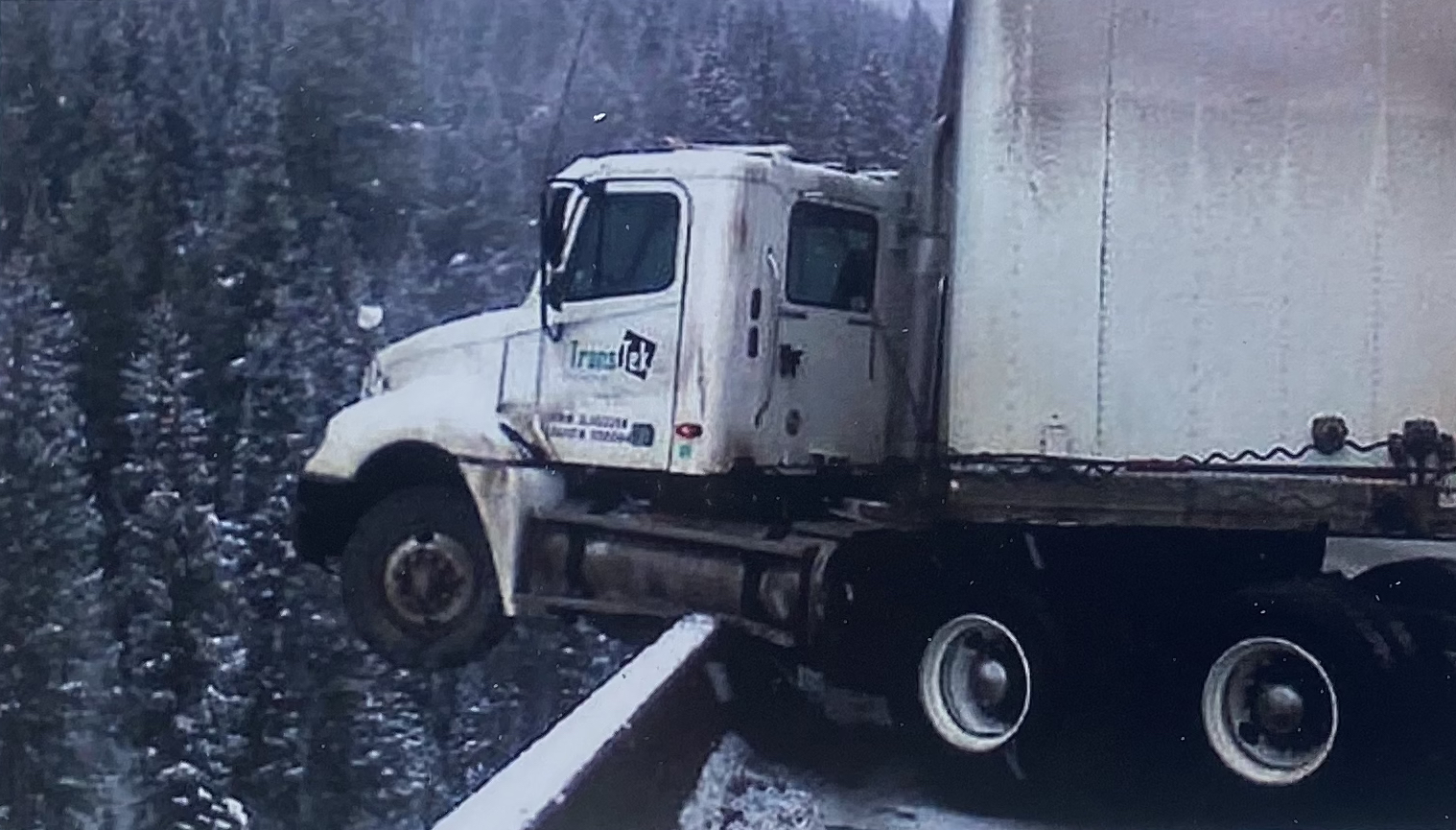For I-70 expansion project on Vail Pass, now comes the hard part
Construction impacts will be felt this summer and fall

The five-year, nine-figure Interstate 70 West Vail Pass Auxiliary Lanes project got off to a good start in 2021 as the first fall season of construction was completed with relatively little impact to motorists and trail users.
Now, however, begins the hard part on the section of I-70 which has the highest crash rate in Colorado on Vail Pass between mile markers 180 and 190.
Beginning in April, the second of the project’s five scheduled construction seasons will get underway which, over the course of the summer and fall, will involve lane closures and rock blasting, stopping the interstate in both directions for up to 30 minutes.
Visiting the project in December, Gov. Jared Polis said he was pleased with the project so far, and expressed the importance of the I-70 corridor in the Vail area, saying I-70 carries 21 percent of all U.S. commodities across the country.
“This I-70 corridor is a critical route for east-west movement of freight, for people and for the tourism economy,” Polis said. “We know how important it is to keep this highway open in the winter, whenever Vail Pass is closed for an incident, it costs a lot of money, with the detours that have to be taken. For the last 10 years there were 210 full closures and 430 partial closures, that added up to 1,500 hours of closures, and cost the economy $1.5 billion dollars.”

Support Local Journalism
CDOT director Shoshona Lew said the addition of additional shoulder space and 5 miles of an eastbound auxiliary lane on I-70 through Vail Pass, one of the project’s main features, will reduce closure times.
“This will make it possible for vehicles that need to be taken out of service to have somewhere to go,” Lew said. “Having both the additional shoulder space and the auxiliary lane are ways for when a vehicle either gets into a collision or loses functionality due to the harsh conditions, it means that there’s somewhere to shift either the traffic, or the people who are not in traffic, to optimize the amount of time we can keep the pass open safely.”
While the actual building of the auxiliary lane is not scheduled to begin until 2023, the work taking place this summer will ready the project for that construction, including the paving of temporary asphalt for traffic shifts needed during the 2023 construction season.

Rec path moving
Vail Pass boasts the country’s highest-elevation section of interstate with an adjacent hard-surface recreation path, making it a destination for hikers and bikers each summer.
The recreation path, however, can get a little uncomfortable for users at times for its close proximity to the interstate, an issue which won’t be made easier by this summer’s construction, as the rec path will need to be temporarily moved closer to the interstate.
The end project, though, will see a welcome change for pedestrians as the section of the trail between mile markers 185 and 187 will be moved farther from I-70 to facilitate the addition of an eastbound I-70 auxiliary lane.
The relocation will occur between mile markers 185 and 187, where the eastbound highway and rec path turn from a south to a south-east orientation.
The new trail will also contain two new bridges crossing Black Gore Creek which are scheduled to be constructed this summer.
A detour of the trail will occur in the months to come, and concrete barriers will be installed to separate the temporary trail from eastbound I-70 traffic.

Cost up to $170 million
The I-70 West Vail Pass Auxiliary Lanes project was originally projected to cost about $140 million, a figure which has went up in recent months.
Lew, in December, said the cost will be $164 million, but the project website currently lists the cost at $170 million.
The project got underway after CDOT was awarded a $60.7 million Infrastructure for Rebuilding America grant in 2020. CDOT will fund $101.4 million of the project, and an additional $8.4 million will come from other federal sources.
CDOT engineer Peter Lombardi said the top bridges in Eagle County which will be recommended for federal funds under the 2021 Federal Infrastructure and Jobs Act are all bridges which are already part of the I-70 West Vail Pass Auxiliary Lanes project.
Westbound bridge reconstruction will begin in 2022 and will continue to 2023, and eastbound bridge reconstruction is slated to take place in 2024 and 2025.
Kiewit construction is the contractor on the project.






